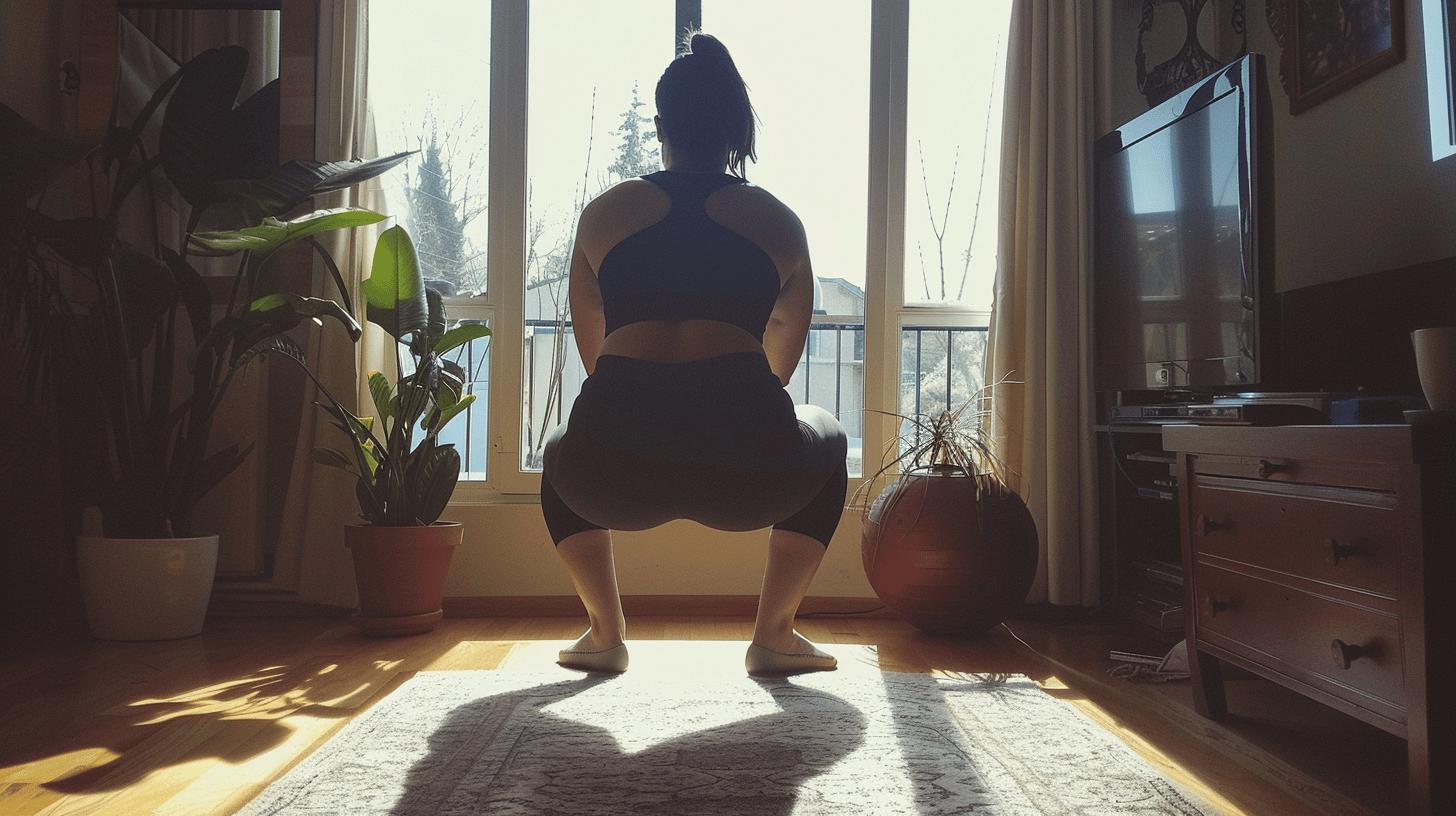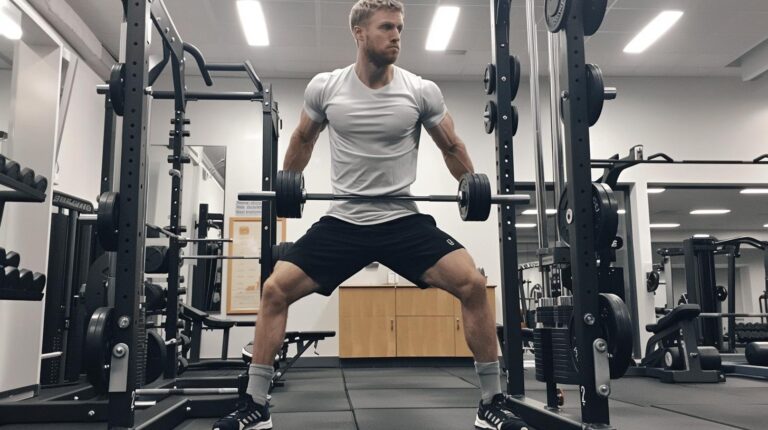Is runner's knee sidelining your running goals? Strength training might be the solution you've overlooked. While running itself can exacerbate knee pain, strategic exercises aimed at strengthening the quadriceps and glutes can make a world of difference. In this article, we'll delve into the essential benefits of incorporating strength training into your routine to not only relieve but also prevent the debilitating pain of runner's knee. Discover how targeted exercises can enhance muscle balance, improve joint stability, and ultimately keep you on the track, pain-free.
Understanding Runner's Knee and Its Causes
Runner's knee, formally known as patellofemoral pain, is a common issue among runners due to improper patella tracking. Pain is typically felt behind the kneecap and is aggravated by activities that bend the knee, such as running up and down hills or stairs.
Causes of runner's knee include biomechanical factors, such as patella mal-tracking and knee valgus, and anatomical factors like a shallow trochlear groove. These issues can lead to improper alignment and movement of the patella, causing pain and discomfort.
- Improper patella tracking
- Knee valgus (inward knee collapse)
- Shallow trochlear groove
- Overuse and repetitive strain
- Muscle imbalances or weakness
Runner's knee can potentially lead to osteoarthritis later in life, making early treatment crucial. Addressing the underlying causes through strength training and other interventions can help reduce pain and prevent future complications. Focusing on muscle balance and joint stability is essential for both prevention and recovery.
Benefits of Strength Training for Runner's Knee
Strength training runners knee involves targeting specific muscles to improve patella tracking and load absorption. Strengthening the quadriceps and glutes is essential for treating runner's knee, as these muscles directly impact patella tracking and load absorption.
- Squats
- Lunges
- Step-ups
- Hamstring curls
Research shows that combining quadriceps and glutes exercises yields the best results for alleviating runner's knee. These exercises help stabilize the knee joint, reducing stress and preventing pain. Improved muscle balance and joint stability are key benefits, aiding in both prevention and recovery.
Strength training can also prevent muscle imbalances and improve overall running performance. By focusing on exercises like squats, lunges, step-ups, and hamstring curls, runners can enhance their knee health and minimize the risk of injury. This comprehensive approach to strengthening the lower body contributes to better running mechanics and reduced knee pain.
Essential Strength Training Exercises for Runner's Knee

Correct form is crucial for each exercise to avoid injury and maximize benefits. Ensuring proper alignment and technique not only enhances the effectiveness of the workout but also reduces the risk of aggravating runner's knee.
Squats help strengthen the quadriceps, hamstrings, and glutes. Stand with feet shoulder-width apart, lower your body as if sitting back into a chair, and keep your knees behind your toes. Ensure your back remains straight and your weight is on your heels. This exercise improves overall leg strength and stability.
Lunges target the quadriceps, hamstrings, and glutes. Step forward with one leg, lower your hips until both knees are bent at a 90-degree angle, and push back up to the starting position. Maintain a straight back and ensure the front knee does not extend beyond the toes. Lunges enhance balance and muscle coordination.
Step-ups focus on the quadriceps and glutes. Step onto a sturdy platform with one foot, push through the heel to lift your body onto the platform, and step back down. Alternate legs and keep your movements controlled. This exercise mimics the motion of running, making it highly effective for runners.
| Exercise | Primary Muscles Targeted |
| ————– | ———————— |
| Squats | Quadriceps, Hamstrings, Glutes |
| Lunges | Quadriceps, Hamstrings, Glutes |
| Step-ups | Quadriceps, Glutes |
| Hamstring Curls| Hamstrings |
Integrating Strength Training into a Runner’s Routine
Incorporating strength training exercises into a runner’s routine can significantly reduce knee pain and improve overall performance. To achieve the best results, it is recommended to perform these exercises 2-3 times per week. Consistency is key, as regular strength training helps enhance muscle balance, joint stability, and running efficiency. Exercises such as squats, lunges, and step-ups should be seamlessly integrated into the training plan to target the quadriceps, hamstrings, and glutes.
Combining strength training with proper running form is crucial for minimizing knee pain. A gradual return to full running load is essential once the pain subsides, and it should be guided by a running physiotherapist. This approach ensures that the body adapts correctly, preventing further injury. Additionally, modifying the running load by reducing volume or intensity during treatment can help manage pain and facilitate recovery. For instance, focusing on shorter, less intense runs can prevent aggravation of the knee.
- Begin strength training exercises 2-3 times per week.
- Focus on consistency to improve muscle balance and joint stability.
- Combine strength training with proper running form for best results.
- Gradually return to full running load, guided by a physio.
Integrating these strategies not only aids in treating runner's knee but also enhances overall running performance. By adopting a balanced training plan that includes strength exercises, runners can maintain knee health and reduce the risk of future injuries. This comprehensive approach supports the long-term sustainability of a runner’s training regimen.
Expert Tips for Preventing and Managing Runner's Knee
Consulting with a physiotherapist or a strength coach is a critical first step in addressing runner's knee. They can provide personalized advice and ensure proper technique when performing exercises. Expert guidance helps prevent incorrect movements that could exacerbate the condition. Additionally, these professionals can tailor a strength training program to address individual needs, focusing on muscle imbalances and joint stability.
- Correct valgus collapse to reduce pain and enhance running efficiency, speed, and endurance.
- Modify load by reducing running volume or intensity during treatment.
- Use knee taping to potentially continue running while managing pain.
- Ensure proper fitting running shoes with good arch support.
Correcting valgus collapse is essential not only for reducing runner's knee pain but also for improving overall running performance. By addressing this issue, runners can enhance their efficiency, speed, and endurance. Physiotherapists can assist in developing exercises that correct valgus collapse, thereby promoting better knee alignment and function.
Proper fitting running shoes play a significant role in preventing knee pain. Shoes with good arch support can help maintain proper foot alignment and reduce the strain on the knees. In conjunction with strength training and expert guidance, the right footwear can significantly contribute to managing and preventing runner's knee.
Final Words
Understanding runner's knee, its causes, and early treatment options is crucial for long-term joint health. Strength training plays a pivotal role in alleviating pain and preventing further injury by boosting muscle balance and stability. Integrating exercises like squats, lunges, and hamstring curls into a regular routine can significantly reduce symptoms.
Applying expert advice, such as proper footwear and consulting a physiotherapist, enhances prevention and management efforts. By prioritizing strength training, runners can achieve effective knee pain relief and improve performance, ensuring a healthier running experience.
FAQ
Can you strength train with runner's knee?
Strength training can help manage runner's knee by strengthening the quadriceps, hamstrings, and glutes, which support knee stability and reduce pain.
Can you strengthen your knees for running?
Strengthening knee-supporting muscles like the quadriceps, hamstrings, and glutes can improve knee stability and reduce pain, making running more comfortable and efficient.
What is the fastest way to fix runner's knee?
The fastest way to fix runner's knee involves rest, targeted strength training, and consulting a physiotherapist for personalized treatment and guidance.
Is it OK to squat with runner's knee?
Squats can be performed with runner's knee, provided they do not cause pain and proper form is maintained to avoid further knee stress.
What are effective knee strengthening exercises for runners?
Effective knee strengthening exercises for runners include squats, lunges, step-ups, and hamstring curls, focusing on quadriceps, hamstrings, and glutes.
Can you provide knee strengthening exercises at home?
You can perform knee strengthening exercises like squats, lunges, and step-ups at home using body weight or resistance bands.
What are physiotherapy exercises for knee pain?
Physiotherapy exercises for knee pain include quadriceps strengthening, hamstring curls, step-ups, and glute bridges to support knee joint stability.
Are there specific knee exercises for athletes?
Athletes can perform exercises such as squats, lunges, step-ups, and hamstring curls to strengthen knee-supporting muscles and prevent injury.
Where can I find knee strengthening exercises PDFs?
Knee strengthening exercises PDFs are often available on reputable health websites like the NHS and through physiotherapy clinics.
What knee pain exercises should be avoided?
Avoid high-impact exercises like running and jumping, which can aggravate knee pain. Focus on low-impact strength and flexibility exercises.

